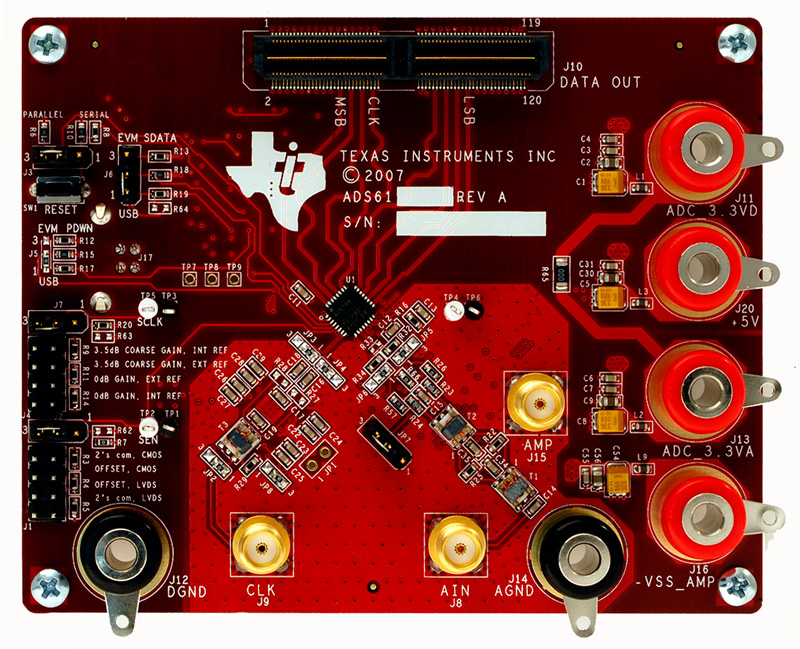Dear Someone
I am trying to measure sinusoidal signals up to 1 Mhz to obtain the phase and the amplitude of the signal (10 points per oscillation would be great -> 10 MHz). Since the signal is noisy high resolution is not needed. I am looking for a discrete ADC solution I could use in combination with an ARM processor (Tiva C evaluation board) for data acquisition so therefore parallel communication between MCU and ADC chip is probably needed? ( programming the FPGA solution would probably be too time consuming for me).
I would like to implement it to handhold equipment and the price is somehow crucial. It would be extremely helpful if a sort of evaluation board already exist (10 MHz digitization rate, >=10 bits, outputs somehow TM4C levels compatible), but with a price tag not much above 100US$. Anyway it seems to me like I am in the black hole here, since I can only find sub MHz evaluation boards or solution faster than 100 MHz (expensive).
If there is a suggestion from someone it could be really helpful.
Best regards
Primoz


